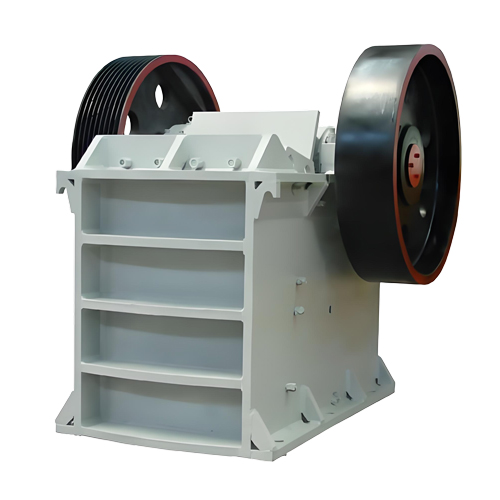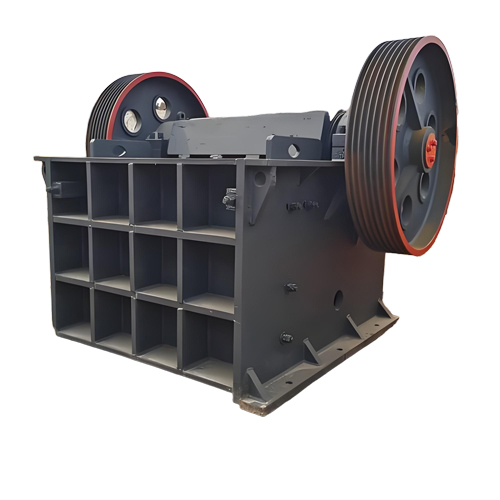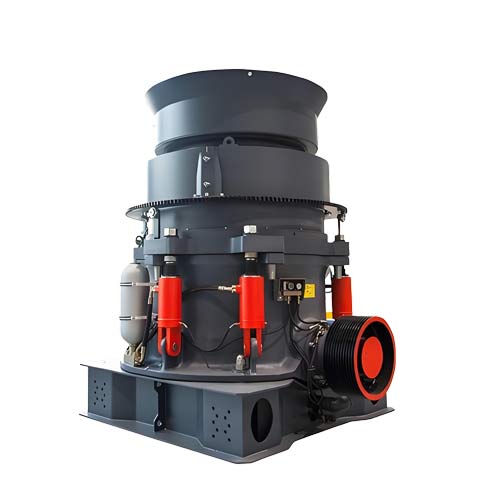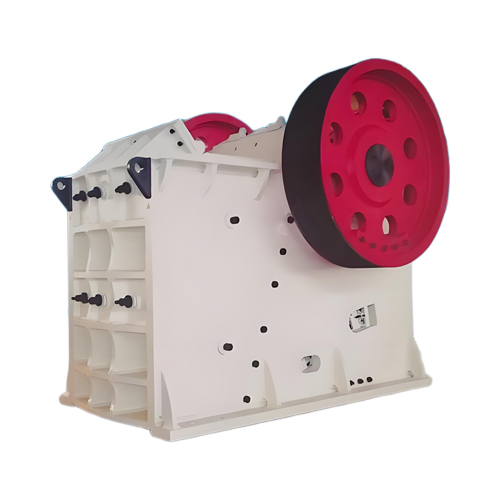Raymond mill is used in different industries
On the vast stage of modern industry, Raymond mill is like a silently dedicated behind-the-scenes hero, shining in many industries such as mining, building materials, chemicals, metallurgy, etc. It can be regarded as a key grinding equipment in non-metallic mineral processing.
Structure and Principle: The Core of Precision Design
A Raymond mill, also known as a suspended roller disc mill, has core components including a feeder, grinding rollers, grinding discs, a transmission mechanism, and a separator. Its operating principle is ingenious: material is evenly fed into the mill through a feeder. Driven by the main shaft, the grinding rollers rotate, pressing the grinding rings outwards due to centrifugal force. The material is squeezed, ground, and pulverized between the rollers and the grinding rings. During the grinding process, the airflow removes fine powder, which is separated and collected by a grading system. The coarse powder is then returned to the grinding rings for further grinding. This cycle repeats, resulting in highly efficient milling.
Industry Application: Data Witnesses Strength
1. Mining industry
Raymond mills are primarily used in the mining industry for fine grinding of ores. For example, for medium-hardness ores such as limestone and calcite, a single Raymond mill model can process 5-30 tons of material per hour, achieving a stable finished product fineness of 80-325 μm. In large-scale mining projects, multiple Raymond mills are used in conjunction. Through optimized configuration, one mining company reduced overall production line energy consumption by 15% and increased annual ore processing capacity to over 500,000 tons.
2. Building materials industry
Raymond mills excel in the production of cement, gypsum powder, and ceramic raw materials. For example, in cement clinker processing, the equipment can grind the clinker to a specific surface area of ≥350 m2/kg, meeting the demands of high-strength cement production. After a building materials company implemented a new, environmentally friendly Raymond mill, dust emissions from its production line decreased by 60%, and power consumption per unit of product dropped from 28 kWh/t to 22 kWh/t, significantly improving both economic and environmental benefits.
3. Chemical Industry
The chemical industry demands extremely high powder fineness, which Raymond mills can easily meet. For example, in the fine processing of calcium carbonate and talc, the equipment can produce ultrafine powders with a fineness of 500 mesh (25μm) or higher, with a screening rate of ≥99%. After a chemical company introduced a high-pressure suspension roller Raymond mill, its production capacity increased by 40%, the product particle size uniformity improved, and its market competitiveness was significantly enhanced.
4. Metallurgical Industry
Raymond mills are also indispensable in the deep processing of both metal and non-metallic ores. For example, for ores with a Mohs hardness of 7 or less (such as quartz and feldspar), these mills can grind materials to a 200 mesh (74μm), meeting the production needs of refractory materials and glass raw materials. Through technological improvements, a metallurgical company has reduced its Raymond mill failure rate by 30%, lowered maintenance costs by 25%, and significantly improved equipment reliability.
5. Other industry applications
○ Medicine and food: Used for grinding traditional Chinese medicine, food additives, etc., with a fineness of more than 600 mesh, ensuring the full release of active ingredients of medicines or delicate taste of food.
Environmental protection: Processing industrial waste (such as coal gangue and steel slag) and converting it into building aggregate or filler, achieving resource recycling. Data from one environmental protection project shows that the output of steel slag processed by Raymond mill can reach 10 tons/hour, and the finished product particle size meets national standards.
Advantages and future directions
Raymond mills have significant advantages: their vertical structure occupies a small footprint and offers strong system integration; their high screening rate ensures consistent finished product quality; and their electromagnetic vibration system provides uniform and controllable feeding, saving energy and power. However, traditional equipment suffers from issues such as low fineness and high energy consumption. In recent years, technological innovations have enabled new Raymond mills to achieve breakthroughs in environmental protection and intelligent features. For example, pulse dust removal technology reduces dust emission concentrations to below 20 mg/m³; and automated control systems enable remote monitoring and fault warnings, reducing manual intervention.
Future Outlook
Against the backdrop of the “dual carbon” goals and Industry 4.0, Raymond mills are developing towards greater efficiency, energy conservation, and intelligence. High-precision grading systems, low-energy drive technologies, and full-process automation will become the trend. Their application will also expand from traditional industries to high-end fields such as new energy materials (such as lithium battery cathode materials) and nanomaterials, continuously injecting new momentum into the industrial milling sector.
Related Products
Inquiry
Please leave us your requirements, we will contact you soon.





